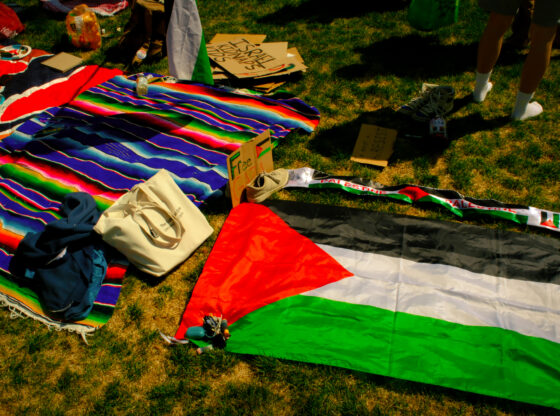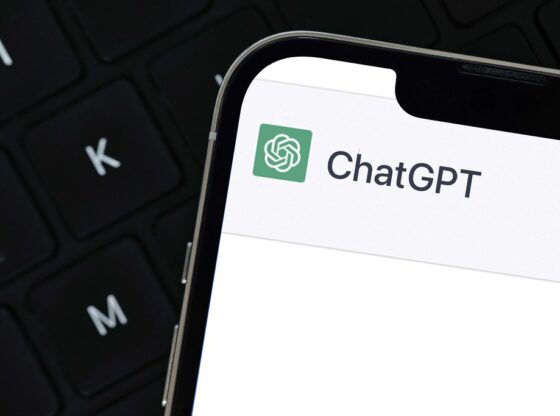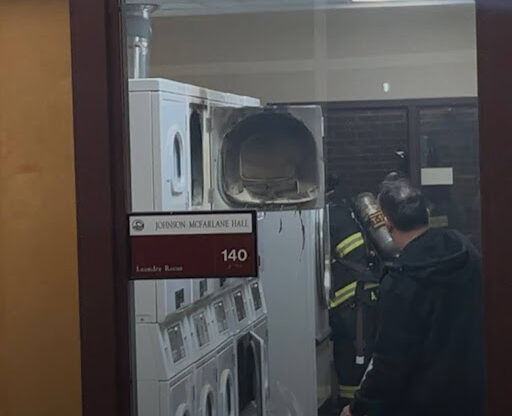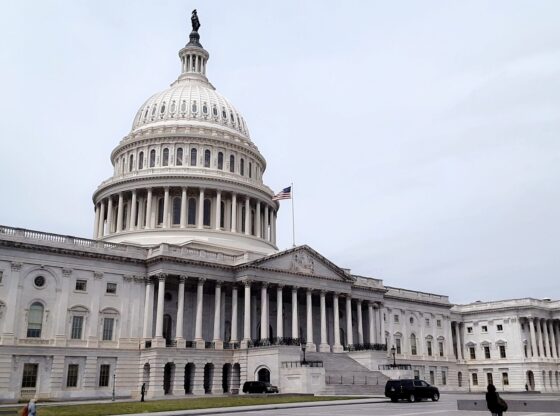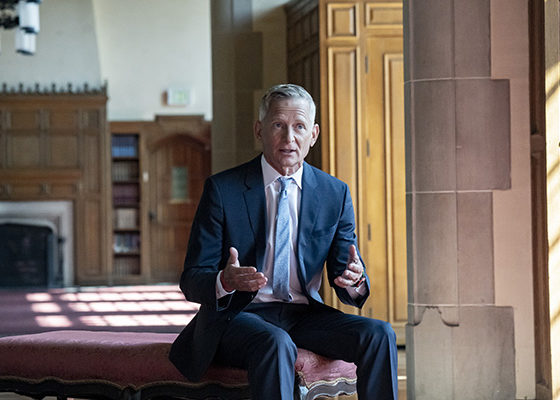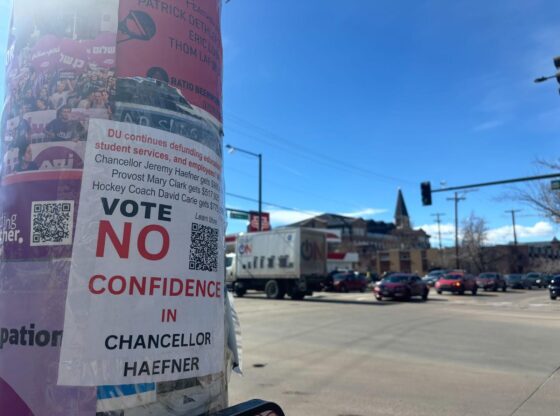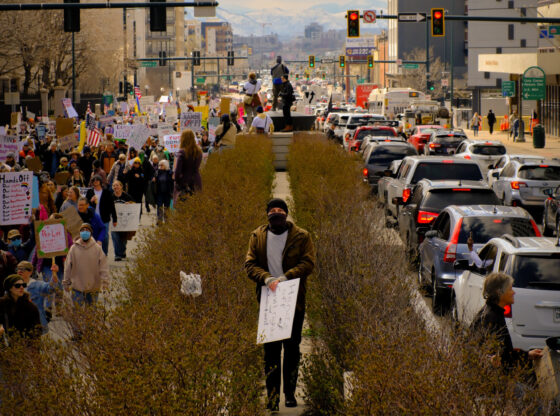Names and specific instances have been left out of this article, for fear of retaliation by the authority figures mentioned, and the university administration at large.
Queer, Trans, Black, Indigenous, people of color deserve to be seen and protected by university administration who chooses not to see them.
During the May 2024 encampment at DU, 21 students were given campus restrictions. Of the 21, nine identified as Trans or Queer. The crime? Not showing their student ID. According to the university, not showing our student IDs is against the Honor Code and poses a threat to campus security.
But if these students didn’t show their identification then how were these students identified? Many of them had previously met with DU administrators to discuss ongoing transphobia and homophobia on campus. They wanted the university to “DU” better, but they did nothing.
If the university’s claims about valuing free speech are true, then why only reprimand those who speak up against genocide?
The encampment was labeled dangerous. But why? And how?
Supposedly, it’s because there was an emotionally charged crowd.
But there have been other emotionally charged student crowds. For example, it’s a tradition at this university for students to flock the streets leading to road closures and burn couches in celebration of the big hockey win.
That seems dangerous to me. Why is that not being condemned?
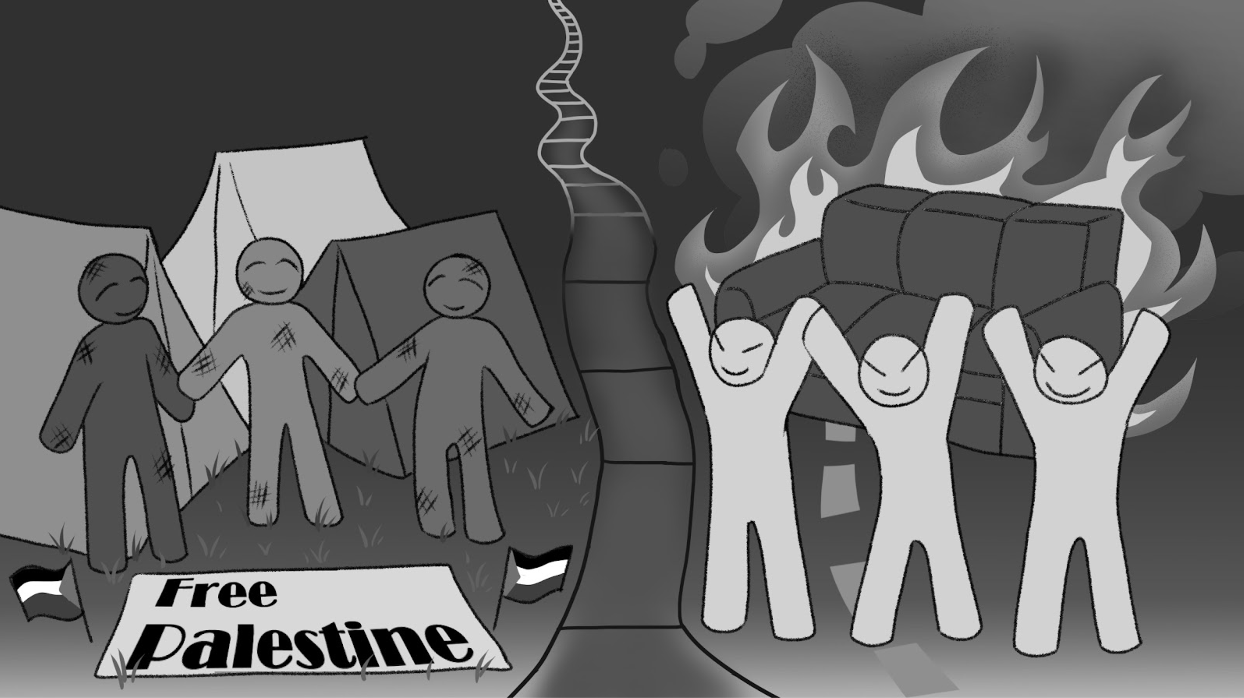
Following the encampment, EOIX launched an investigation to evaluate the May 2024 Encampment and the Existence of a Hostile Environment at the University of Denver. Lim Riley, a law firm that provides legal advice in compliance with Title IV, was hired by the university.
The report concluded that a hostile environment for LGBTQ+ students existed and stated that, “the repeated homophobic slurs and derogatory comments made to and about members of the University’s queer, transgender, and gay population — including those who participated in the encampment — on a daily basis, up to ten times per day, was ongoing and widespread.” Even though campus safety officers were close enough to see and hear the constant harassment of queer students at DU, they did not file any reports or step in to stop the harm being done to queer students at DU. They watched as it occurred and allowed it to continue.
Queer student concerns about their safety grew. How do we know we won’t be targeted again? As queer students, are we safe?
This question led the DU Queer Student Alliance (QSA) to seek administrative support surrounding the implementation of safety measures for queer students. We asked what safety is because it doesn’t seem to include us.
During the first of these conversations, I was tasked with leading the discussion. I was doing a lot of speaking but was rarely spoken to by the authority figure in the room.
It happened again and again and again. This wasn’t happening to anyone else, only me. I disconnected from my feelings and observed. I noticed that I was the only brown person in the room.
It was like a two-hour merry-go-round. Did anyone else see this?
We shared our safety concerns for queer students. They were dismissed. At a future meeting with the administration, the idea of coming up with a safety plan was brought up. The solution we were given by the university administration was less than ideal.
It was as though the idea of safety meant: ‘Let’s isolate those being harmed by society.’ How is that upholding safety?
The solution to the problem of passive homophobia isn’t to get rid of the victims. We want you to make it stop. Stop pretending that this is okay.
This university is a part of a larger community called the state of Colorado. In this state, we’re surrounded by many communities that are preparing to protect the rights of Queer humans. We are surrounded by local organizations who want Queer humans to thrive and lead healthy lives without constant fear.
Yet, when Queer students on DU land are harmed, they are the ones having to relocate.
Why does the aggressor get to stay? Why not have the community uplift and support the humans being harmed instead?
Queer students are speaking up; allies are speaking up. So why won’t the university administration condemn harmful behavior towards Queer students?
Is the community of care a facade? Was this concept I came searching for just an illusion?
Not entirely. I have met pockets of people on DU land whom I have formed strong bonds with. Including faculty who consistently see me and care.
That genuine care for fellow humans seems to end at the administrative level.
Of the roughly 12,000 students who attend this university, why did you choose these 21 students?
Why have you so harshly reprimanded those brilliant students who organized and sustained a peaceful camp on Carnegie Green?
After the encampment had been taken down, signs were placed condemning the destruction of land where the encampment once sat.
Why is a public couch burning, within an emotionally charged crowd, not perceived with equal concern?
Let’s take another look. This time, in color.
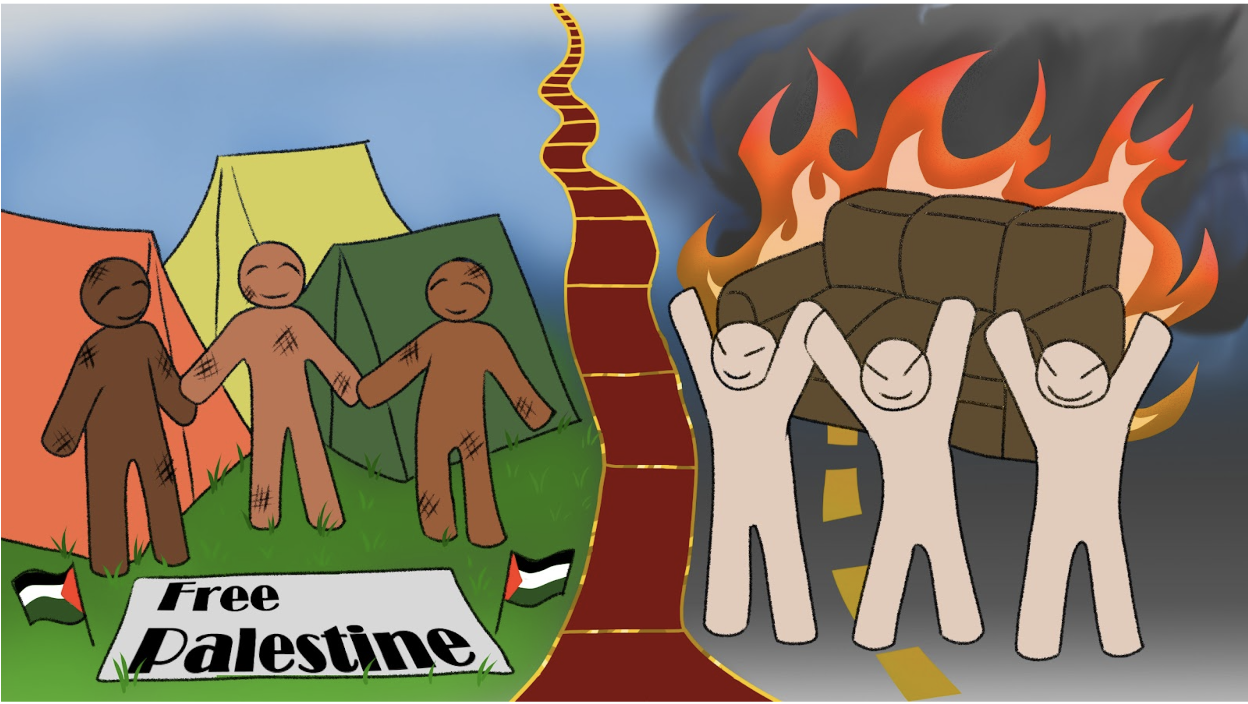
When I re-examine my memories, I remember the most Black and Brown people I’ve ever seen in one place at this university.
I shared this observation with the authority figure in that meeting. My observation was met with hostility. That time, the authority spoke directly to me and told me off before moving on.
Is it possible that those nine Queer students were a jab at legal discrimination cover-up for the other 12 who remain unseen?
Is that why the authority in the room behaved differently towards me? Because I’m brown?
To look away does not mean I don’t exist. To not see my beautiful Brown skin while talking about my Queer identity is willful ignorance.
I have made an observation that this university denies BIPOC students the opportunity to be seen.





